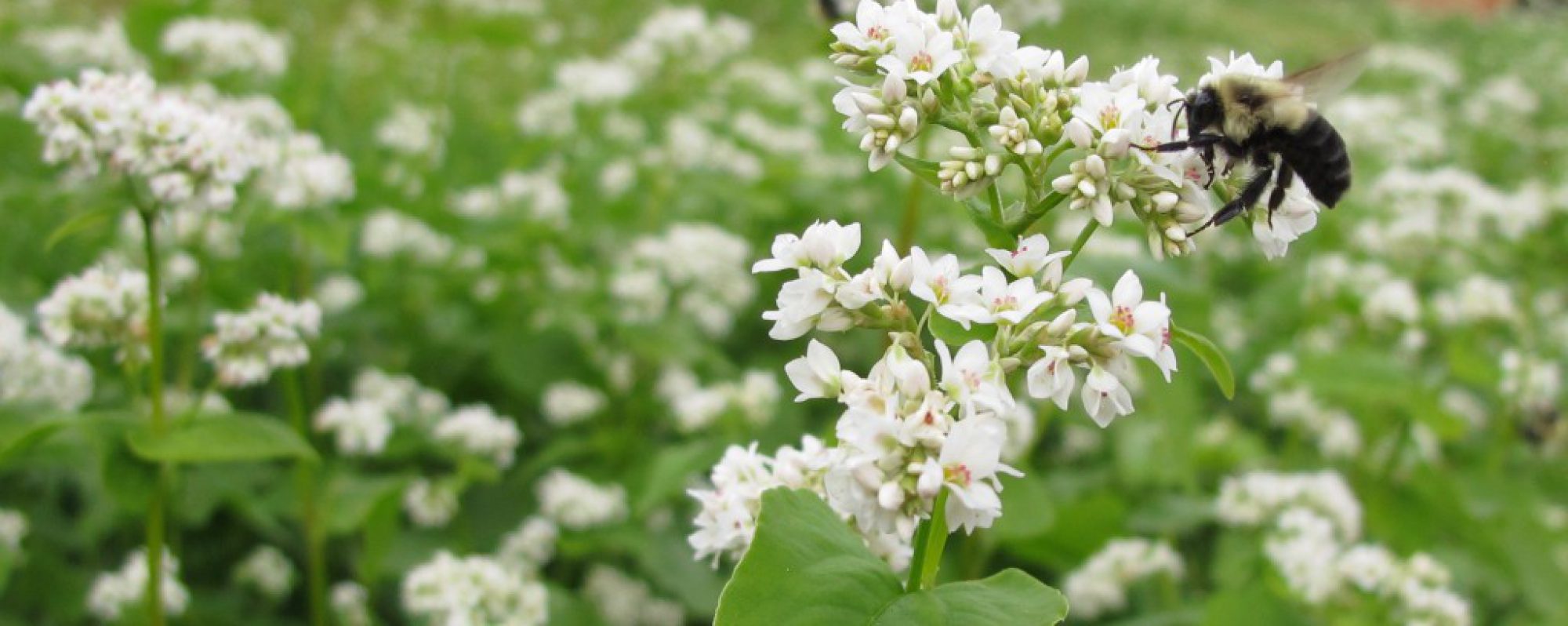The transition of leaf color is full of symbolism and marks an end of the growing season. While we may associate this time of year with death and an end to the growing season it is actually the best time of year to start trees in our landscape. When correctly sited and planted a fall planted tree will perform better than a spring planted tree becasuse it will establish roots before the warm summer temperatures draw moisture from and stress the tree.
Keys to Successful Tree Planting:
- Plant and Site Selection: Select trees that are well-adapted to the individual planting site. Soil drainage is critical as most trees don’t like “wet feet”, if you are unsure whether you have proper soil drainage you can dig a test hole and fill it with water. If the hole drains at a rate of less than one inch per hour you may need to chose a different species or raise the planting site.
- Site Preparation: Dig your planting hole at least two times as wide as the root ball. Do not dig holes deeper than root balls or put loose soil beneath the roots because the soil will compact over time and the tree will be planted too deep. In our heavy clay soils it is recommended to score the edges of the hole so roots can penetrate out of the planting hole. Backfill the holes with native soil as too much organic matter can cause differences in pore size and create water/drainage issues. Fertilization at planting time is not recommended, a slow release fertilizer can be added if needed the following spring.
- Tree Preparation: Remove all wrapping and closely inspect the root ball for girdling roots. If roots are circling around the root ball exterior, cut through the roots in a few places. Remove all tags and labels to prevent girdling of branches.
- Water and Mulch: Thoroughly water the tree after planting and water when needed during the winter. Mulch should be put down in an area at least equivalent to the dripline of the tree. Two to three inches of mulch is best and mulch should be kept from touching the trunk.
